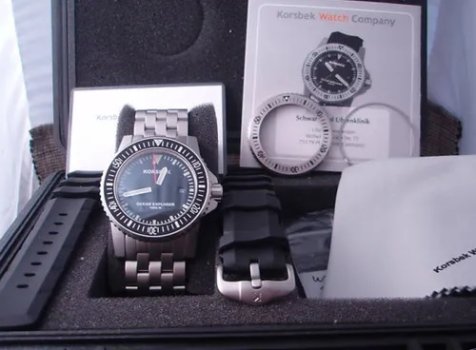@transmaster: Thanks for sharing the very interesting posts and pictures; fascinating. I love the watches, they are gorgeous.
Re wrist watches, my understanding is that their use (among men, for, as you rightly point out, women had worn wristwatches for a lot longer) became common - or, a lot more widespread - during the trench warfare of WW1, as officers needed to be able to synchronise (and see) their watches prior to embarking upon attacks or other military activities.
Motorists - pre and post WW1 - also tended to favour wrist watches, again, for ease of use.
However, postwar after WW1 (and interwar) male civilian wear, - especially when wearing the sort of suits that came complete with waistcoats (vests) - still saw the widespread use of pocket watches.
Re wrist watches, my understanding is that their use (among men, for, as you rightly point out, women had worn wristwatches for a lot longer) became common - or, a lot more widespread - during the trench warfare of WW1, as officers needed to be able to synchronise (and see) their watches prior to embarking upon attacks or other military activities.
Motorists - pre and post WW1 - also tended to favour wrist watches, again, for ease of use.
However, postwar after WW1 (and interwar) male civilian wear, - especially when wearing the sort of suits that came complete with waistcoats (vests) - still saw the widespread use of pocket watches.





